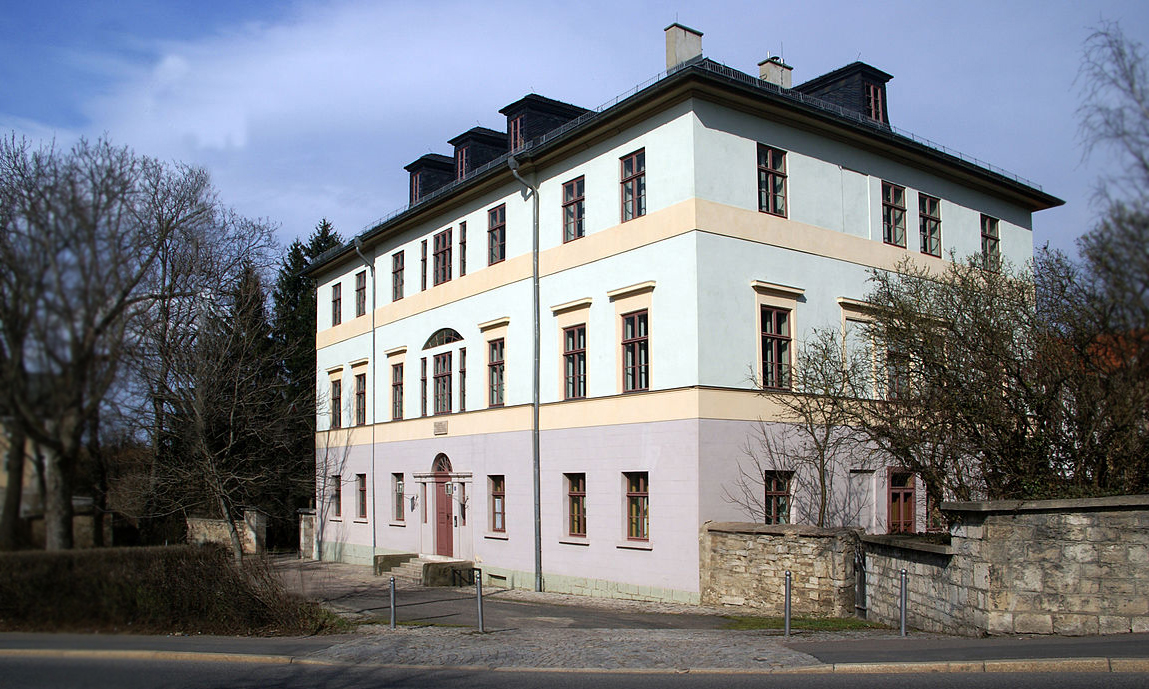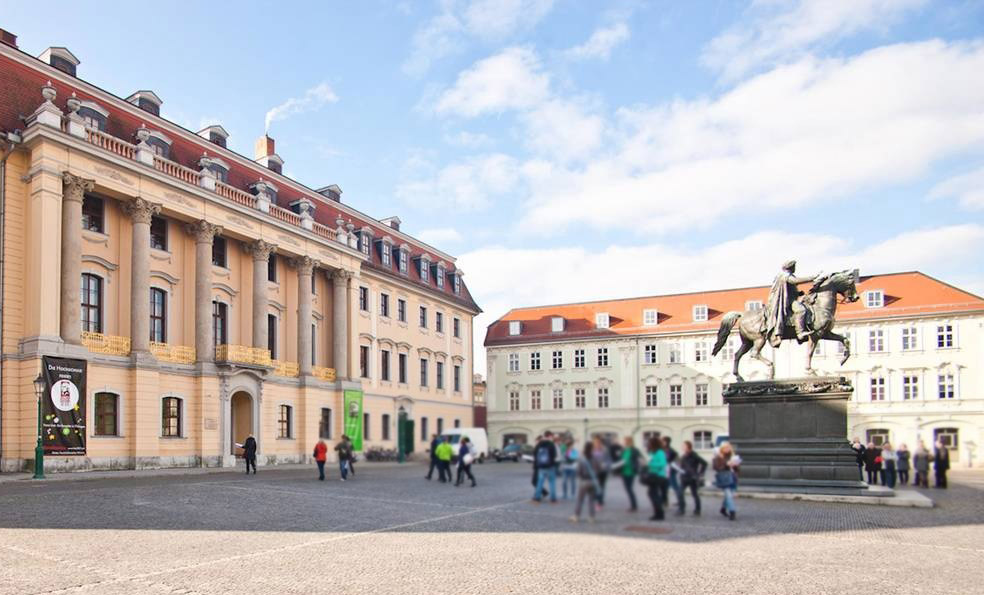Villa Altenburg Weimar
Audio Guide Villa Altenburg
Villa Altenburg in Weimar, Germany, is a historical residence with a rich and fascinating history. Here are some interesting facts and information about it:
Villa Altenburg was built in 1702 and served various purposes throughout its rich history. It started as a private residence, then served as a military barracks during the Napoleonic Wars, and was eventually transformed into a museum.
From 1919 to 1925, Villa Altenburg served as a meeting place for sessions and assemblies of the Weimar National Assembly, where the Weimar Constitution was adopted. This historic event marked the beginning of the Weimar Republic, Germany's first democratic republic.
Today, Villa Altenburg is a museum dedicated to the history of art and culture in Germany at the beginning of the 20th century. Here, you can explore exhibitions on art, literature, and the history of that era.
The building of Villa Altenburg is an example of early Baroque architecture with a facade adorned with classical elements. This building represents the history and architecture of Weimar.
Villa Altenburg often serves as a venue for cultural events, including exhibitions, concerts, and lectures, making it an important center of cultural life in Weimar.
A visit to Villa Altenburg offers a unique opportunity to delve into the history and culture of Germany and learn more about significant events that took place at this location, including the birth of the Weimar Republic.
Other sights
-
Albert Schweitzer Denkmal
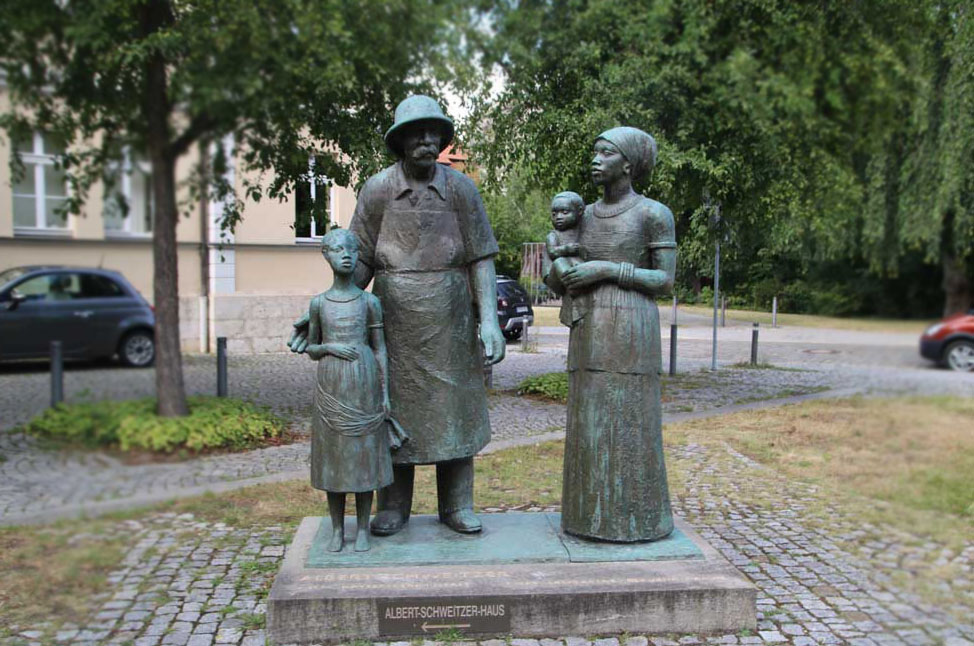
-
Altenburg (Franz Liszt)

-
Atrium & ehemaliges Gauforum
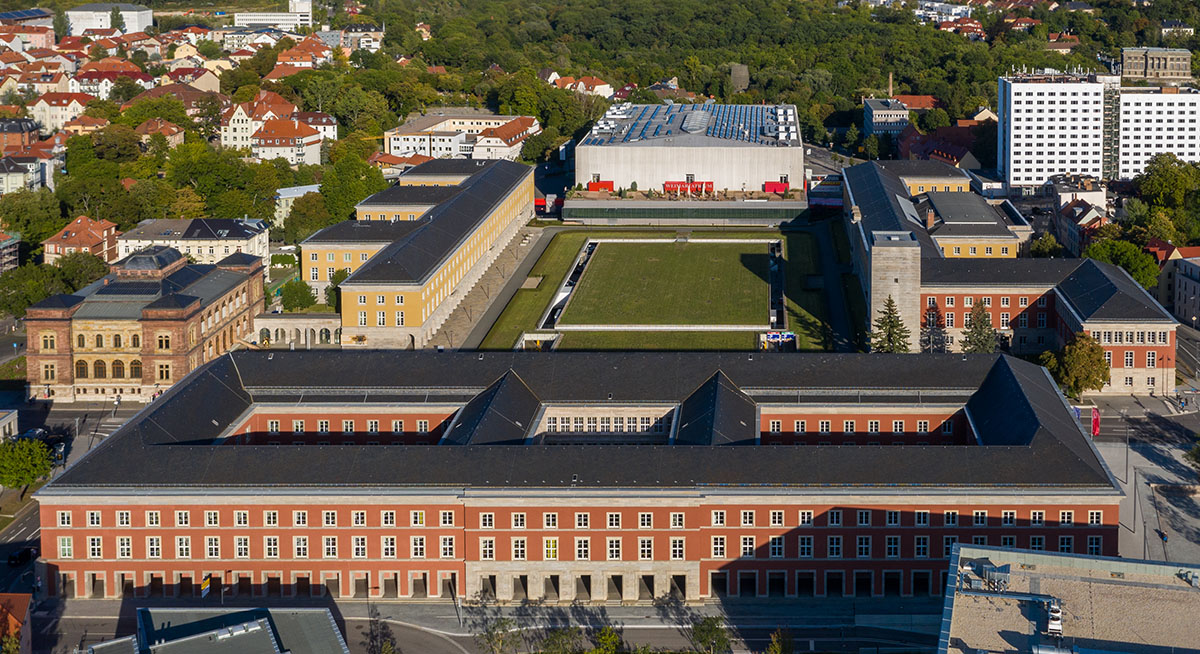
-
Bauhaus Universität (Henry van de Velde)
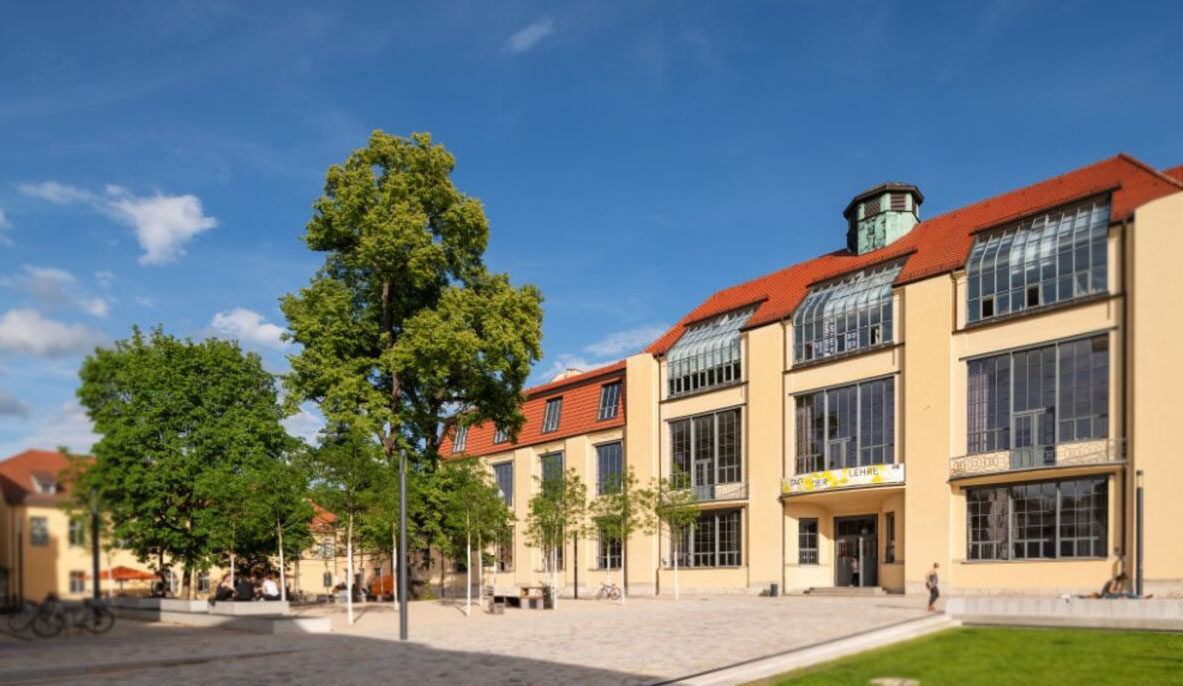
-
Bauhaus: Haus am Horn
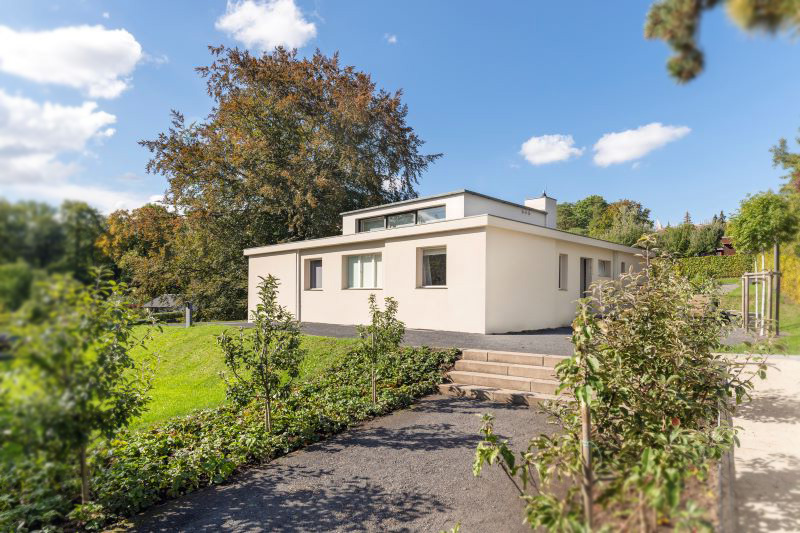
-
Carl Heinrich Ferdinand Streichhan-Kaserne
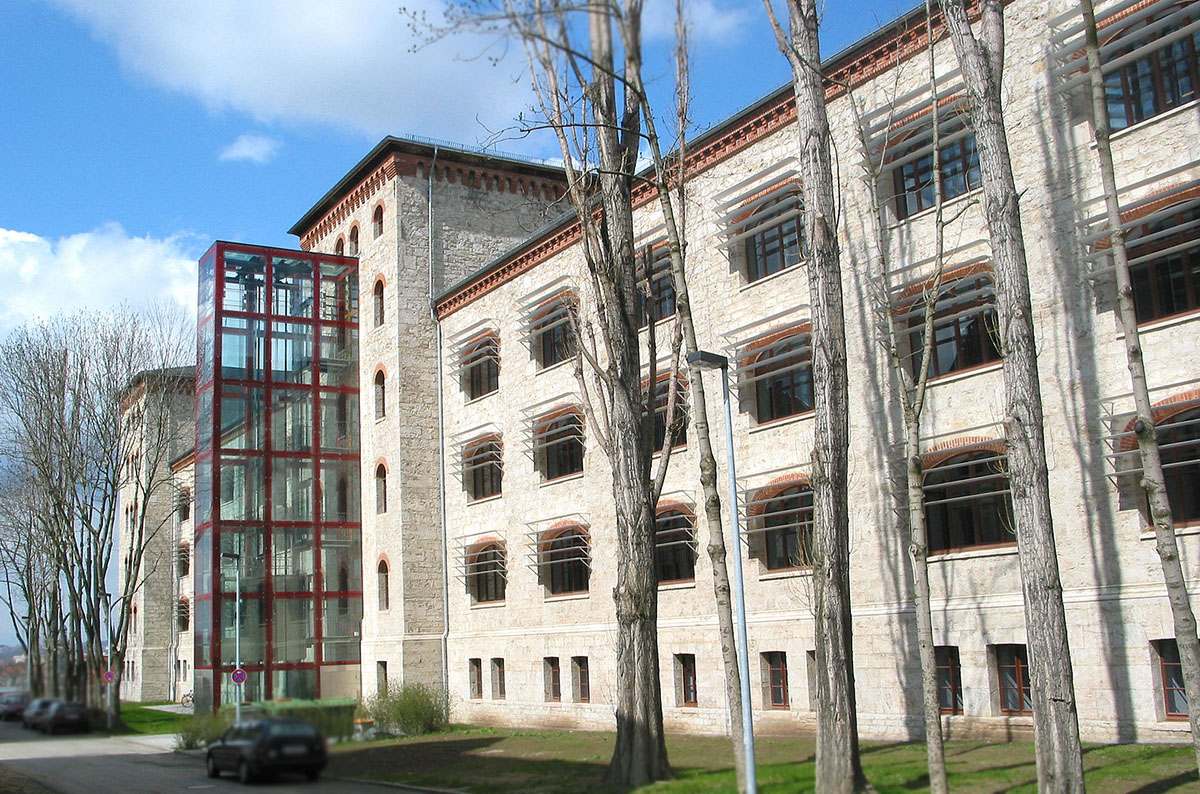
-
Cranachhaus
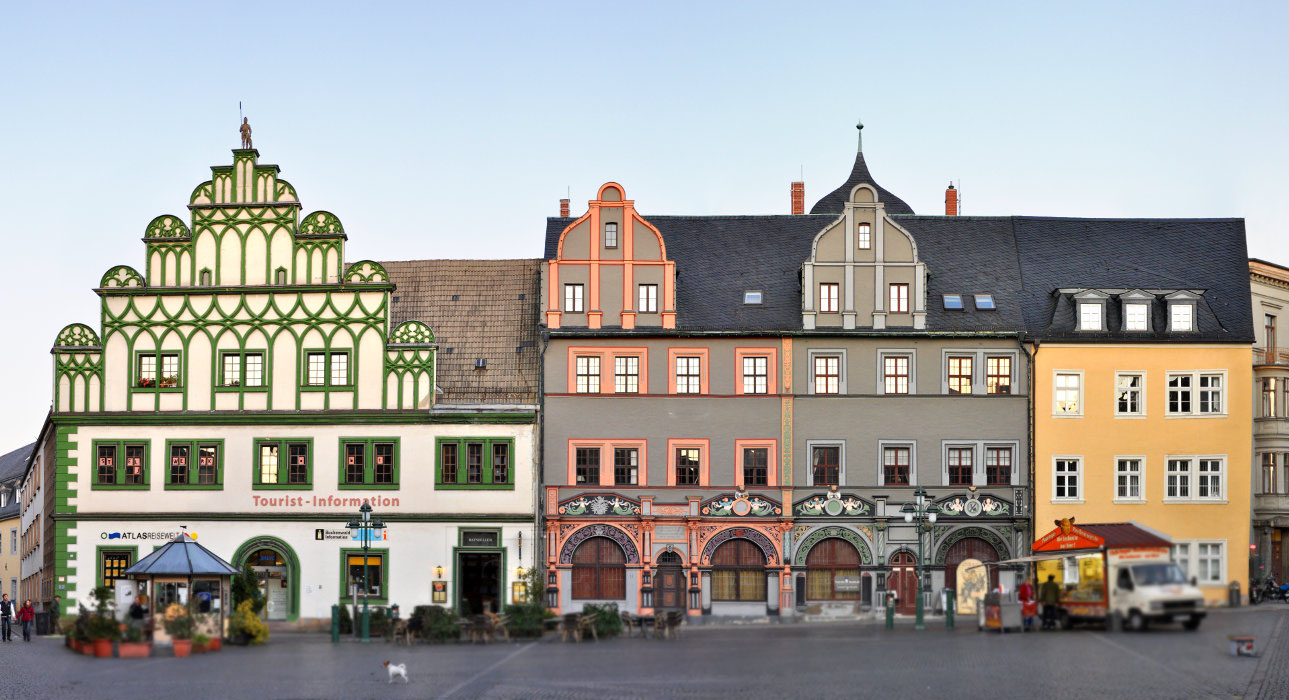
-
Denkmal Nepomuk Hummel
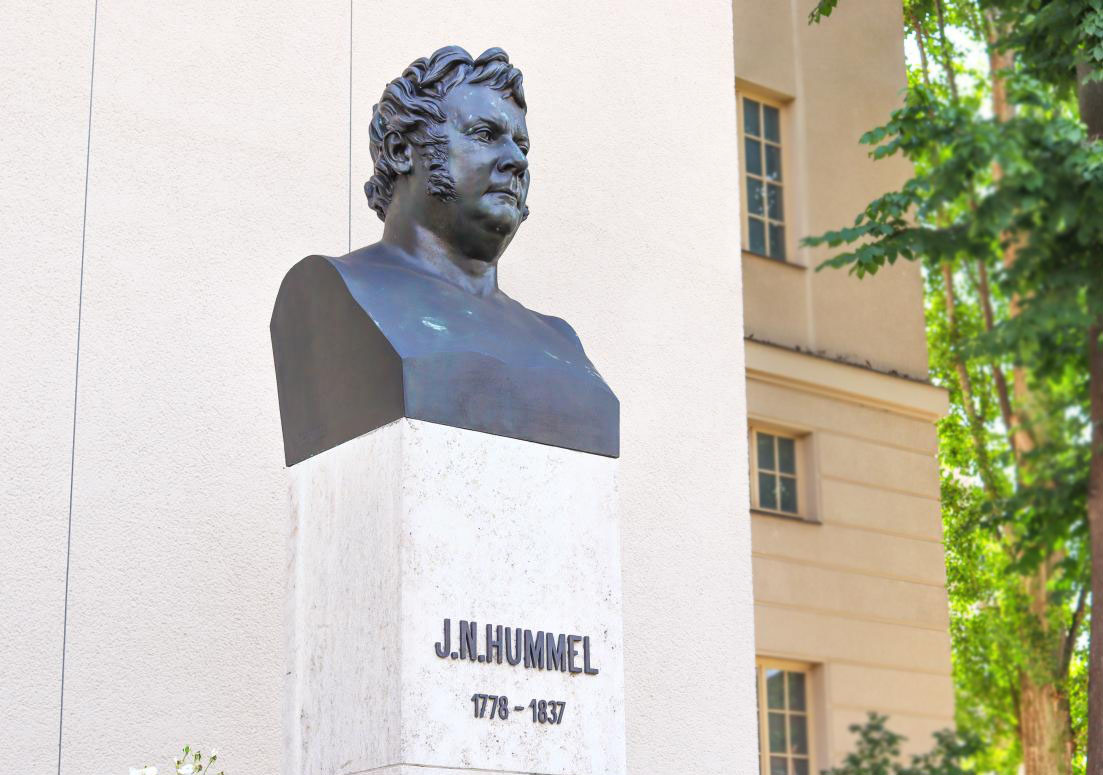
-
Denkmal Nepomuk Hummel und katholische Kirche
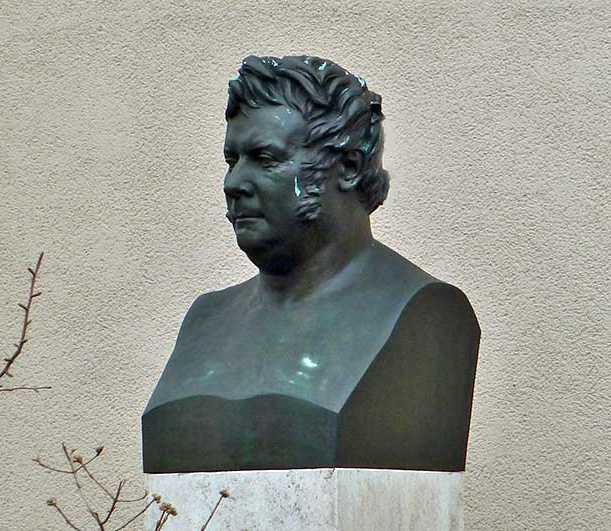
-
Deutsches Nationaltheater Goethe & Schiller Denkmal
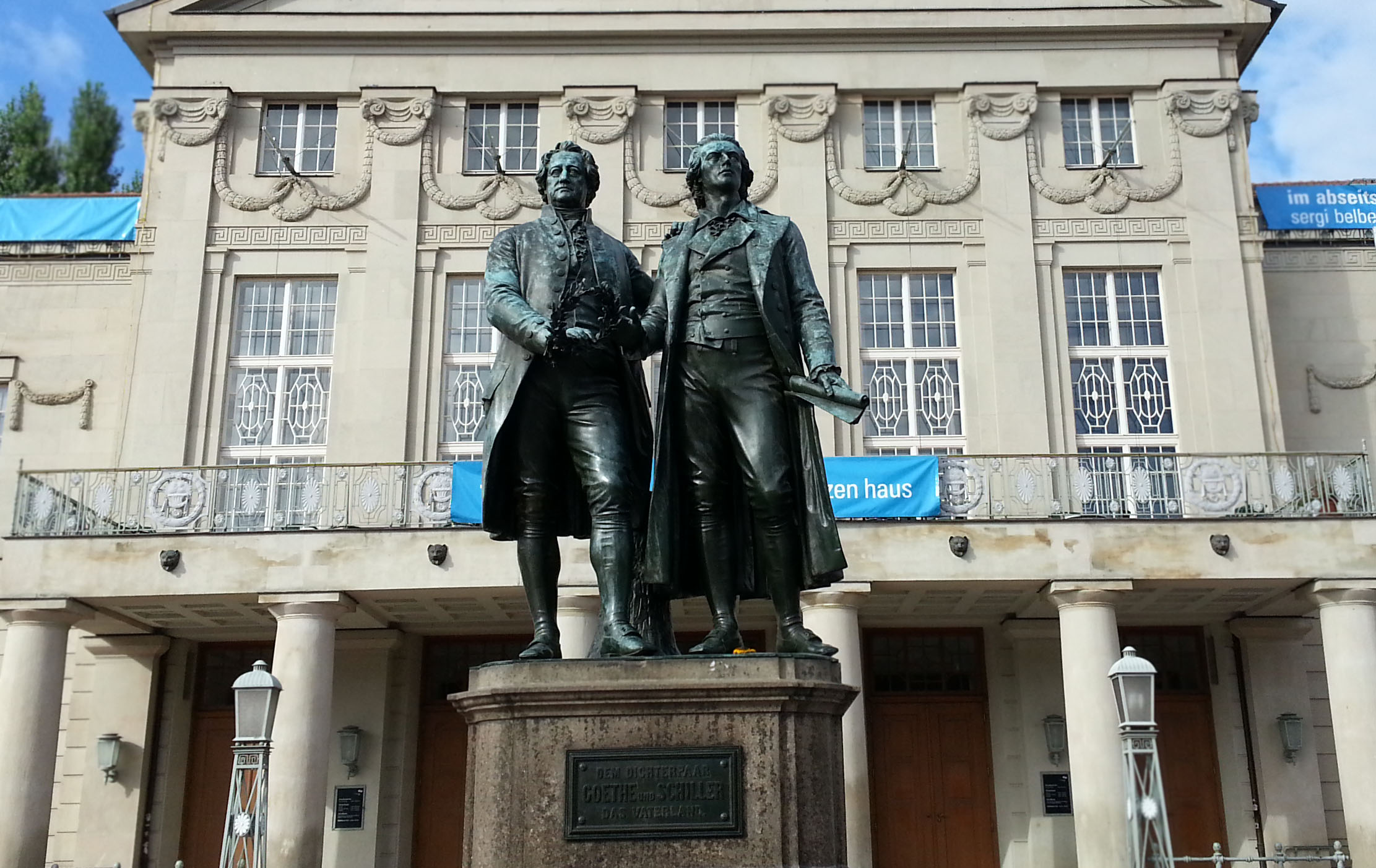
-
Ginkgobaum
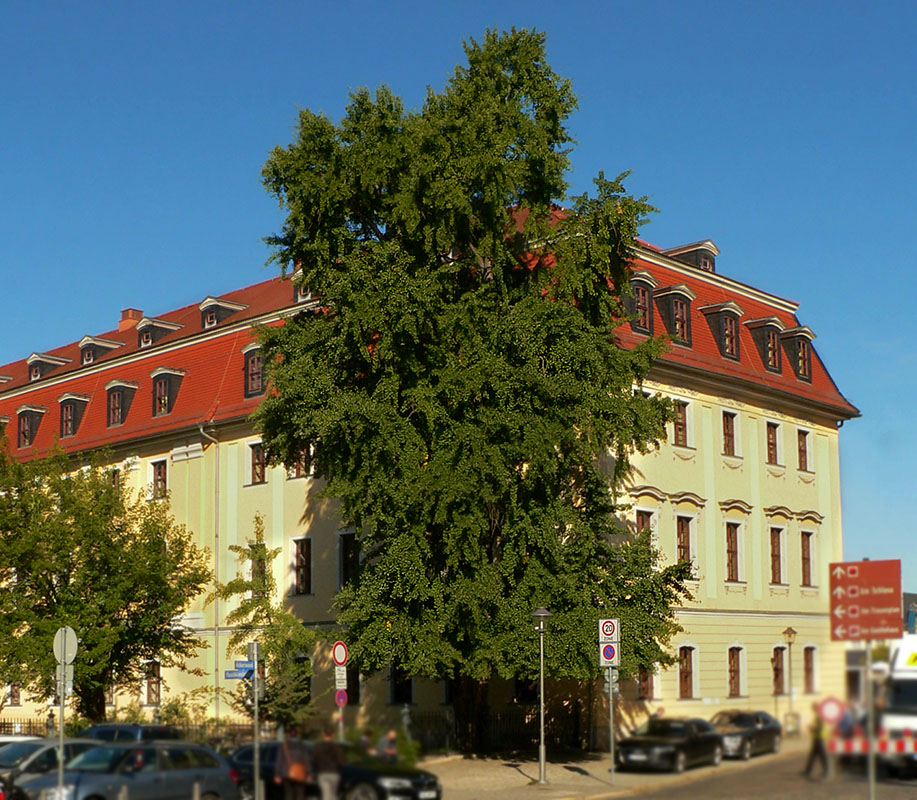
-
Goethe- & Schillerarchiv
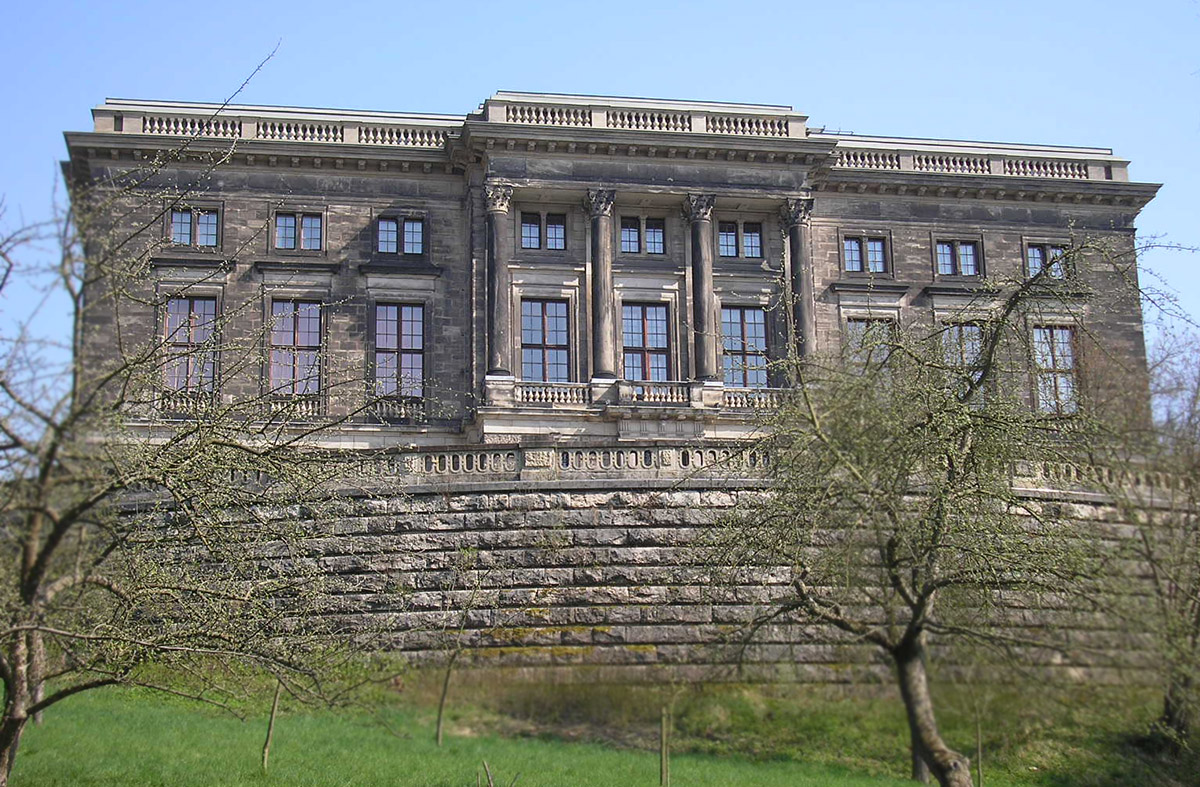
-
Goetheplatz mit Kasseturm & Stadtmauer

-
Goethes Wohnhaus
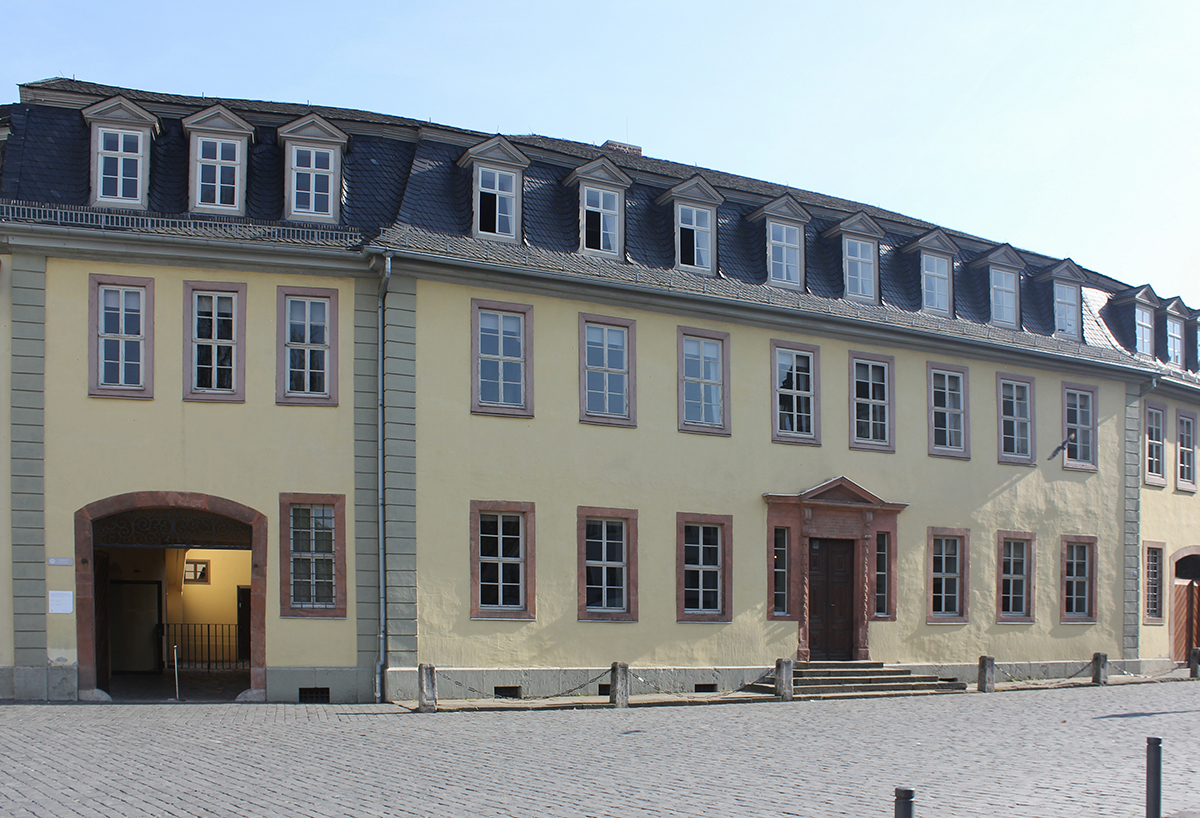
-
Haus am Horn
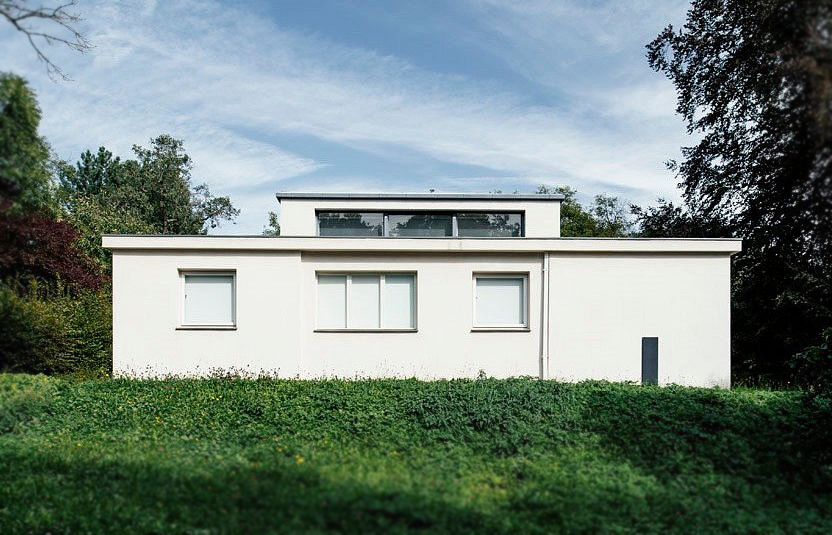
-
Haus der Charlotte von Stein
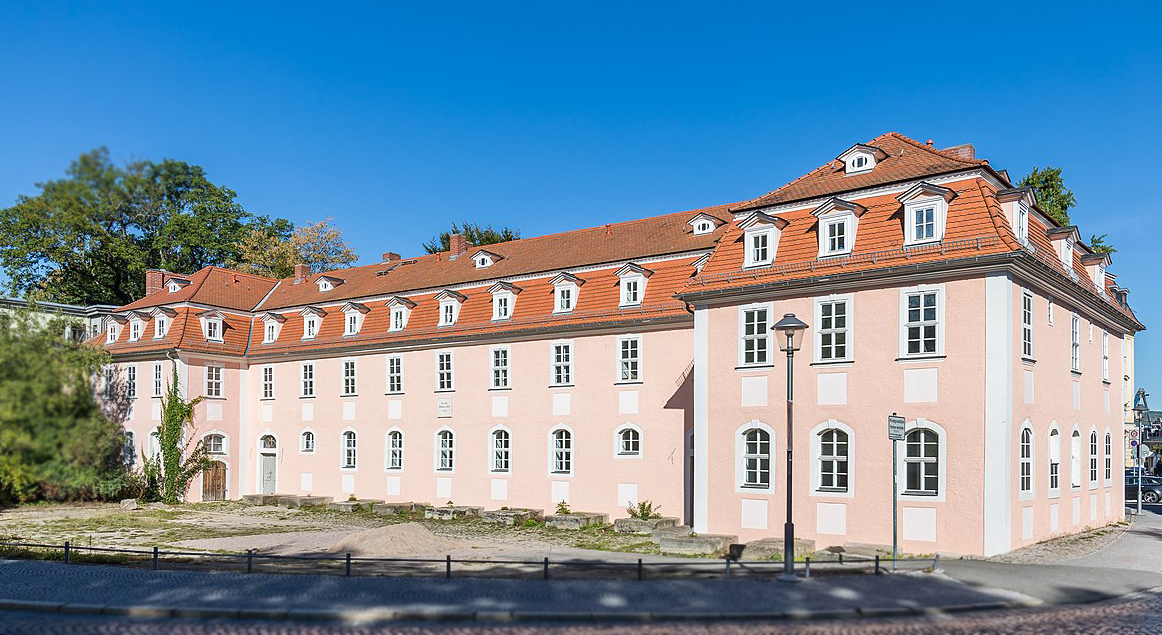
-
Herderplatz & Kirche St. Peter und Paul
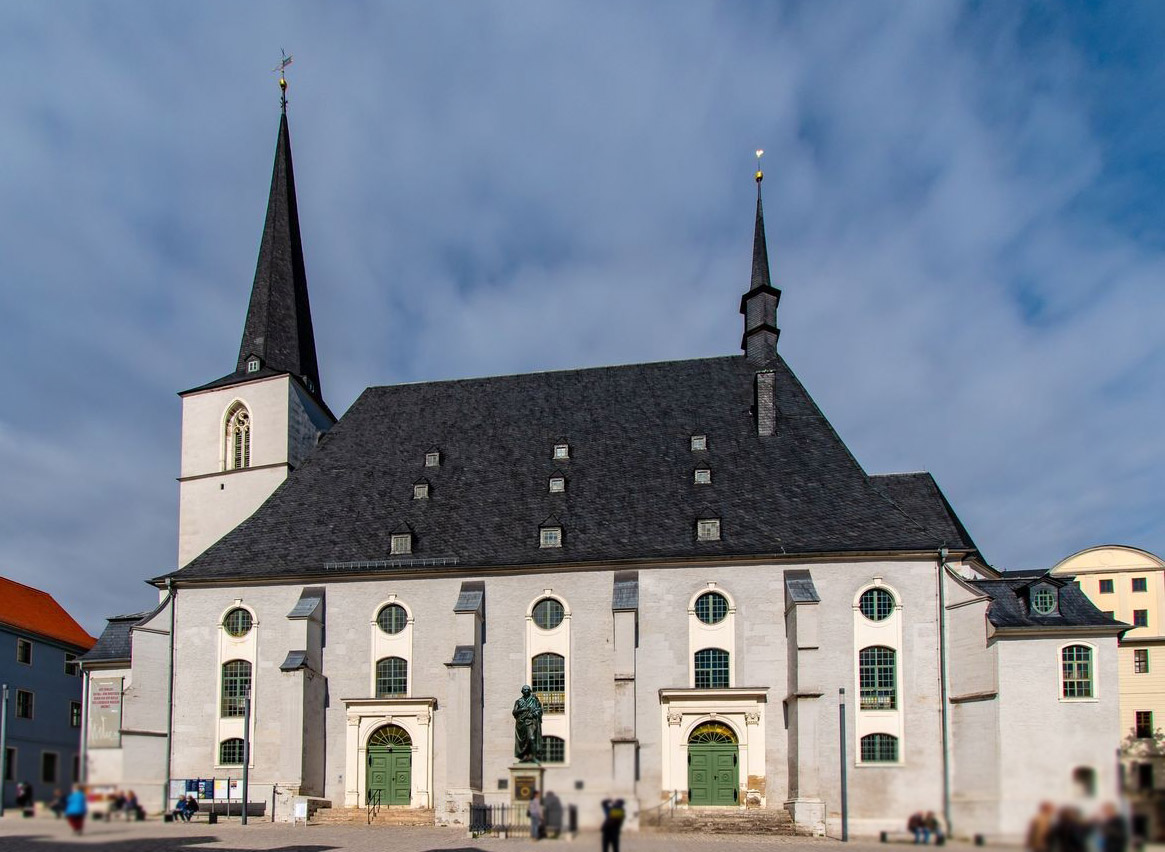
-
Herzogin Anna-Amalia-Bibliothek
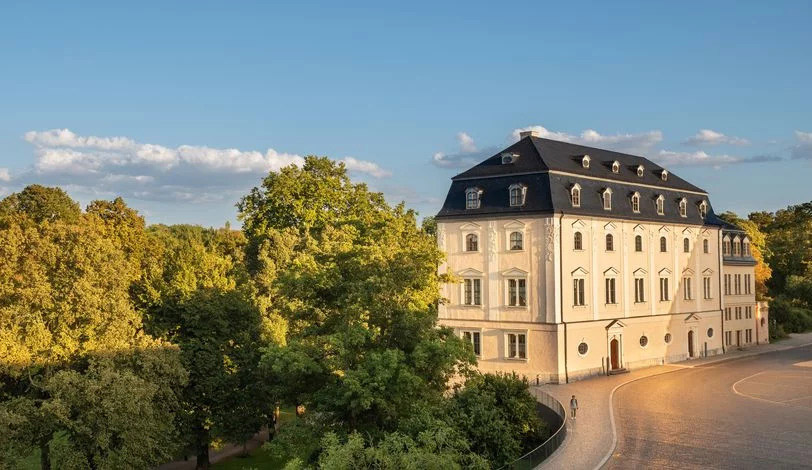
-
Historischer Friedhof
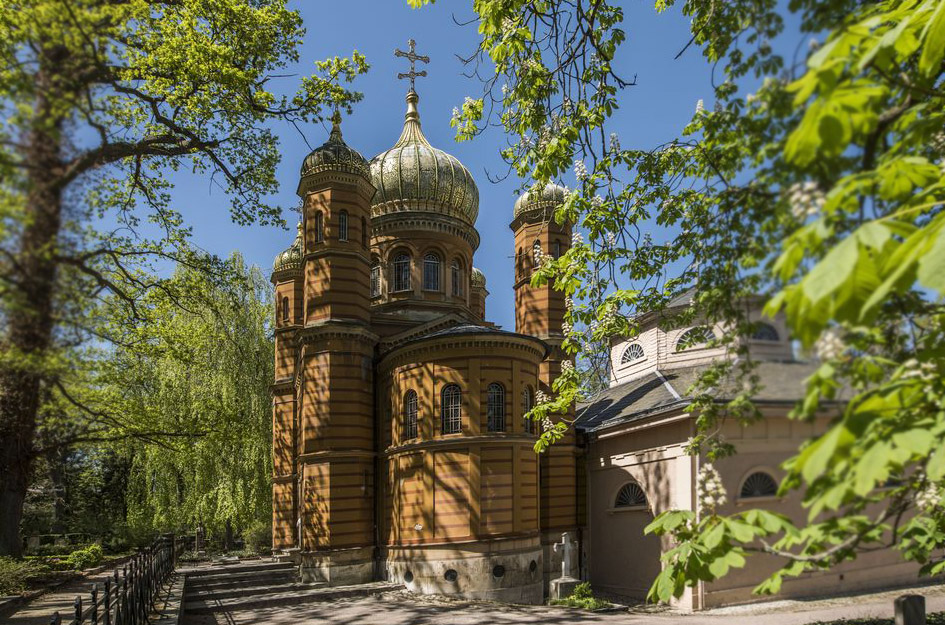
-
Hochschule für Musik Franz Liszt (Fürstenhaus)
-
J. G. Herder, Kirche St. Peter und Paul
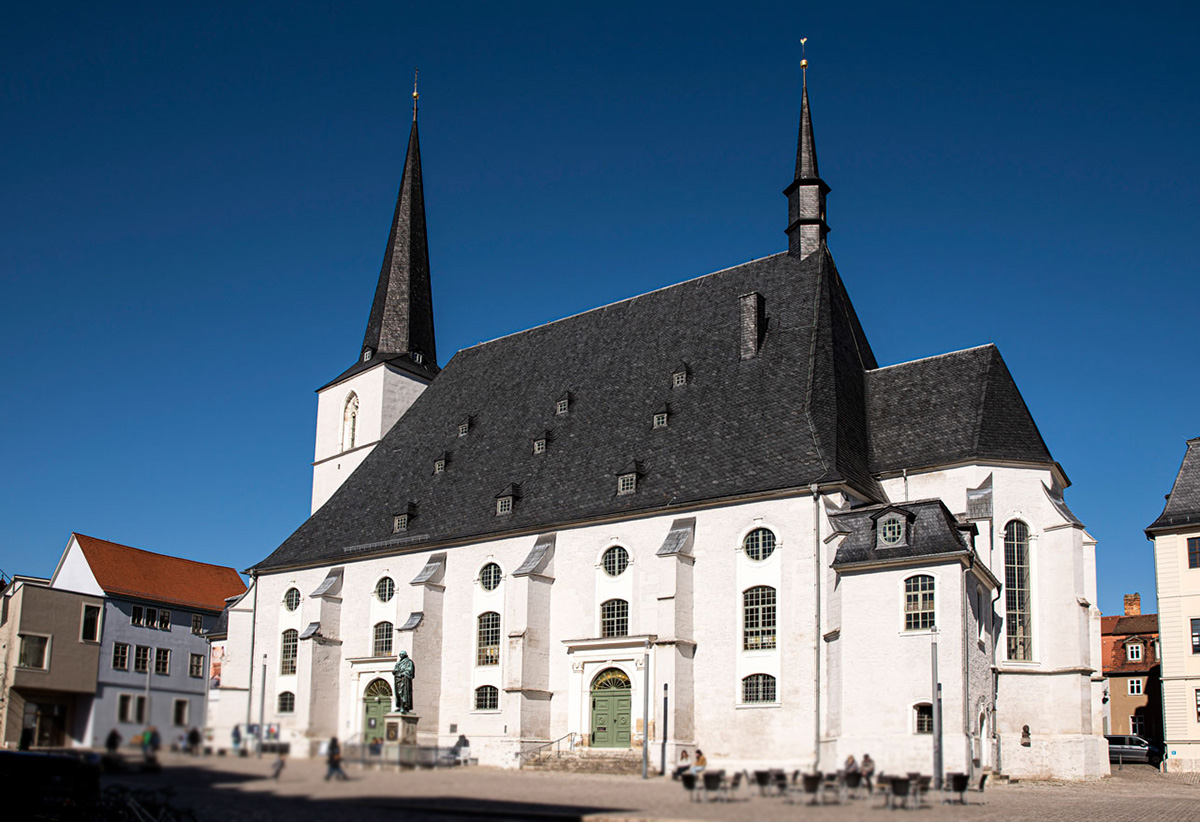
-
J. S. Bach in Weimar & Bachtafel
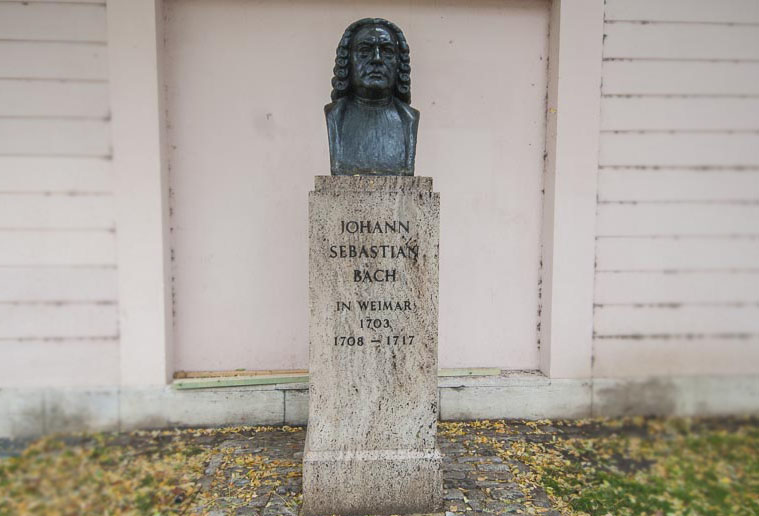
-
Katholische Kirche
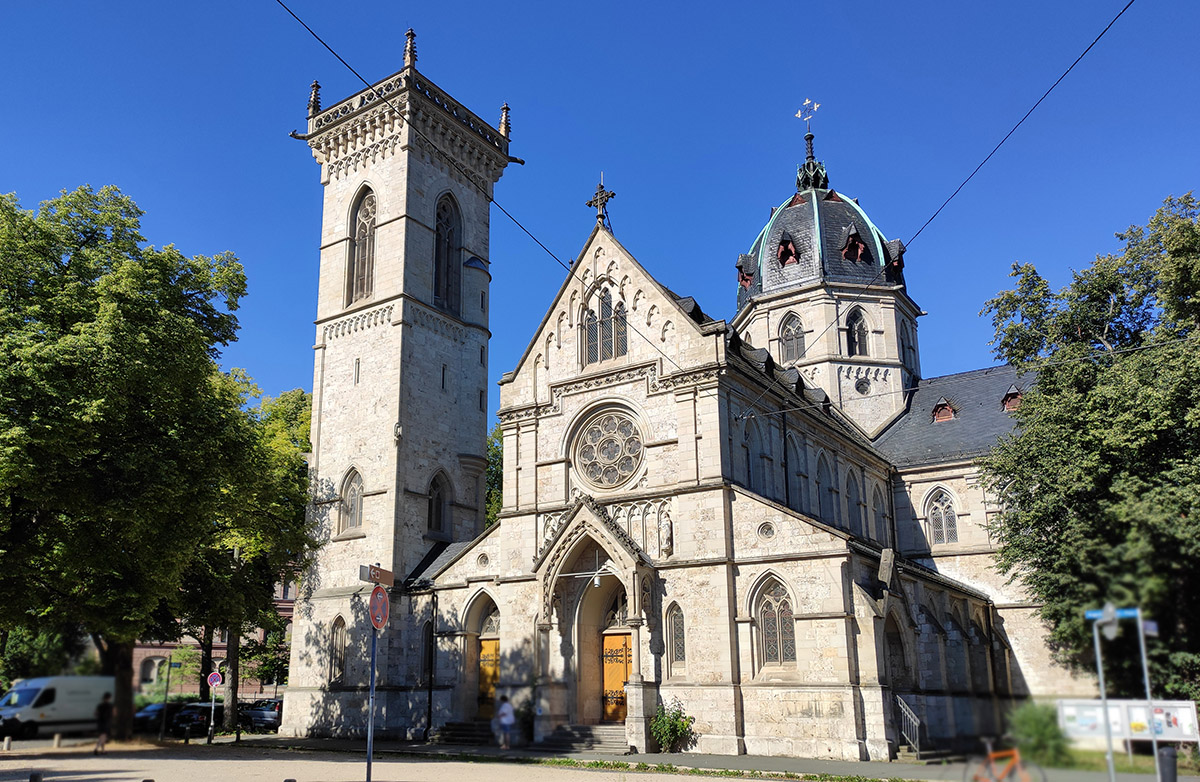
-
Landesmuseum
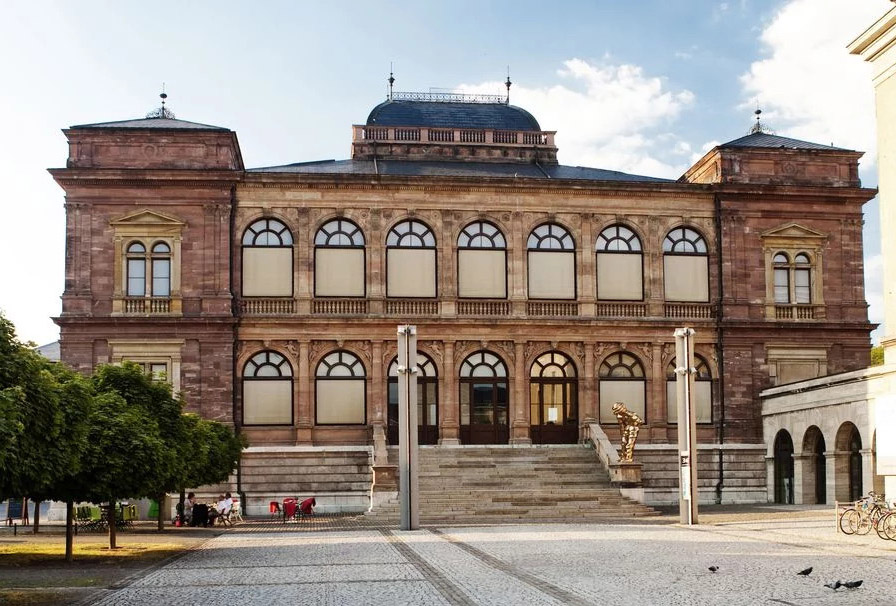
-
Liszthaus & Liszt in Weimar
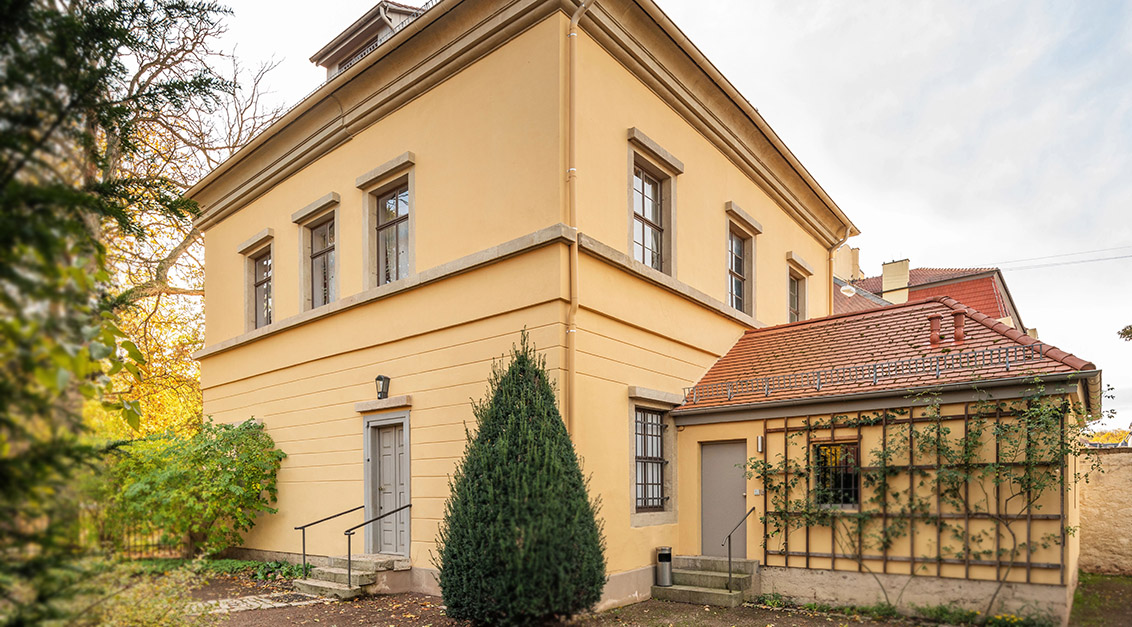
-
Markt
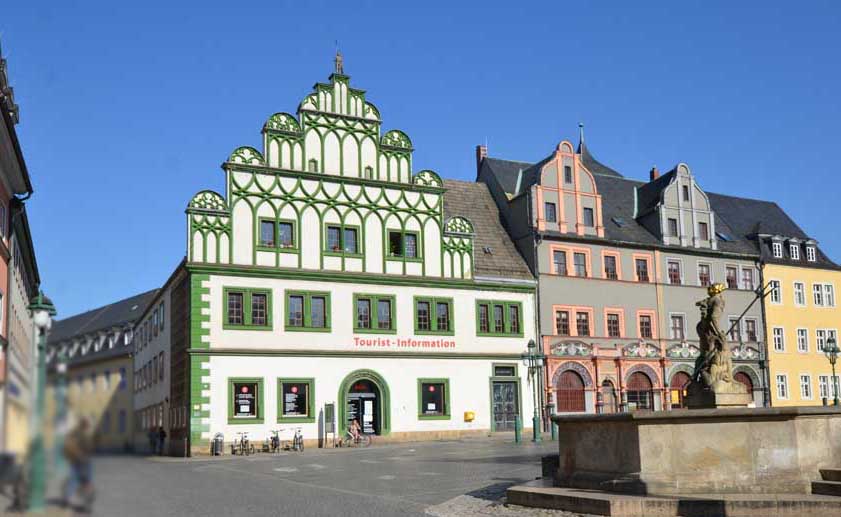
-
Marktplatz, J. S. Bach

-
Marktplatz, Rathaus, Cranachhaus
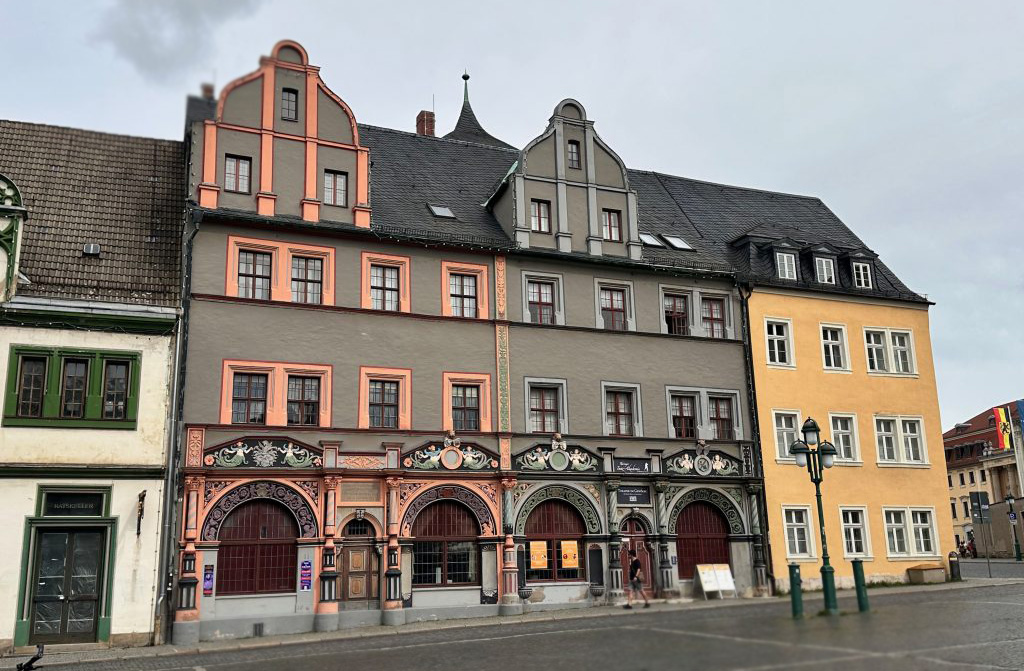
-
Marstall
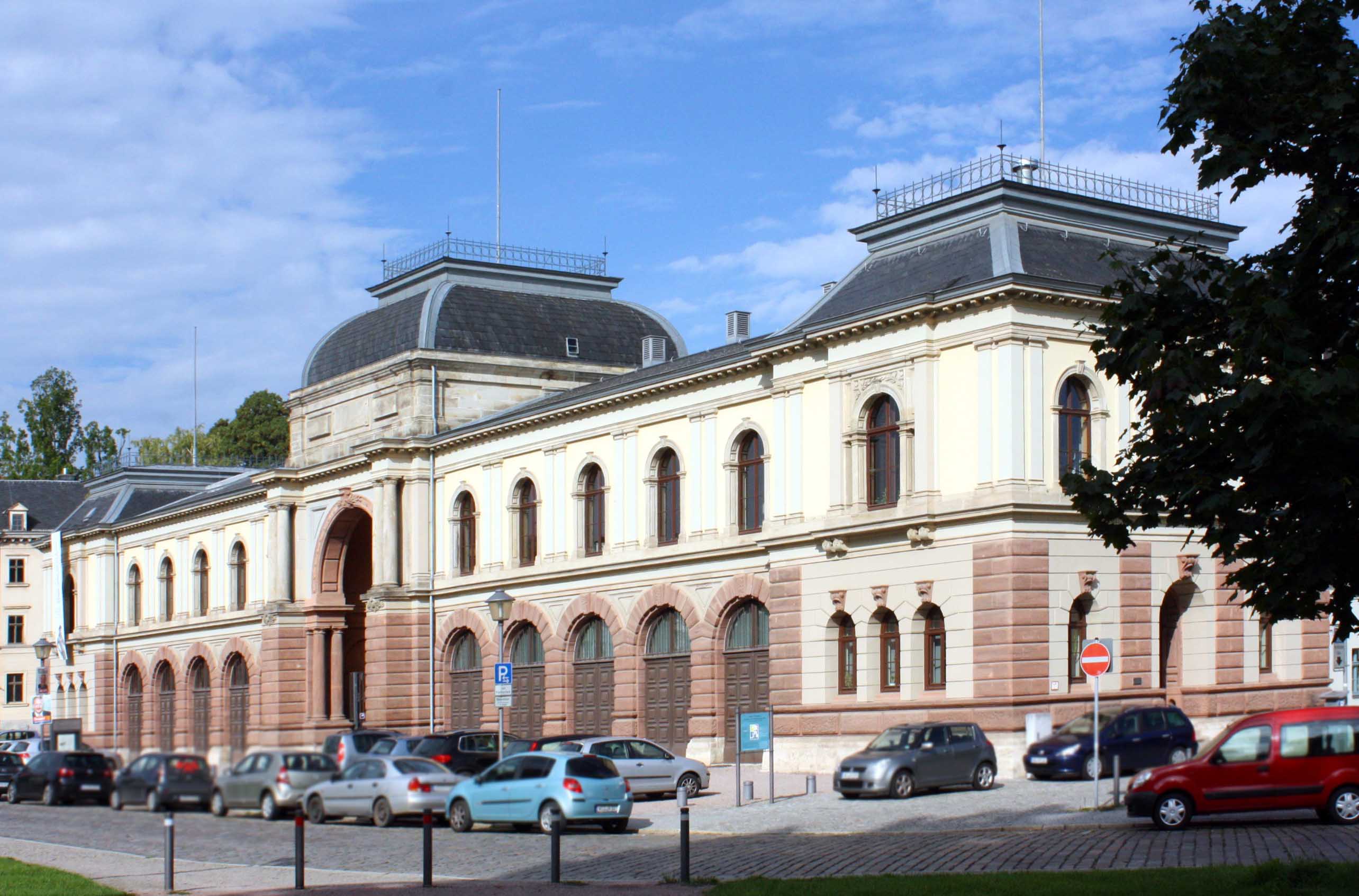
-
Modernes Weimar: Neues Bauen am Horn
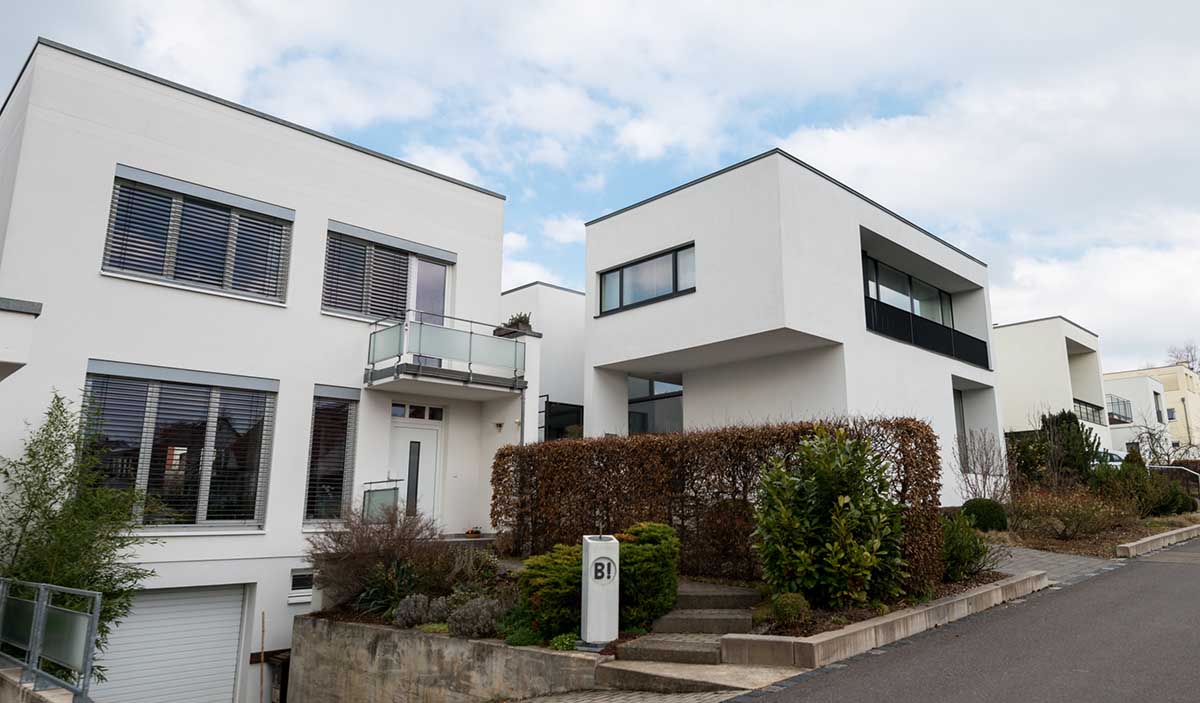
-
Neue Weimarhalle
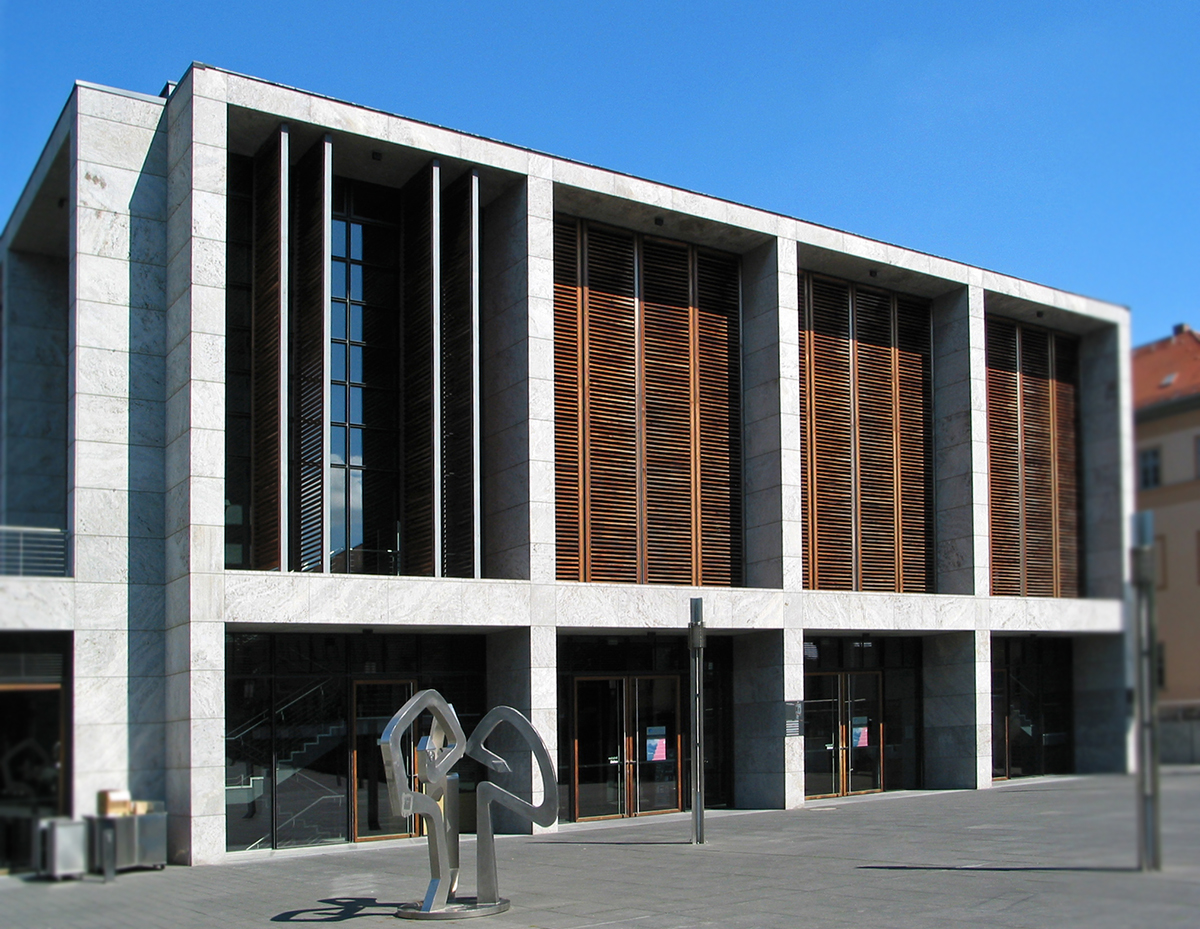
-
Neues Museum
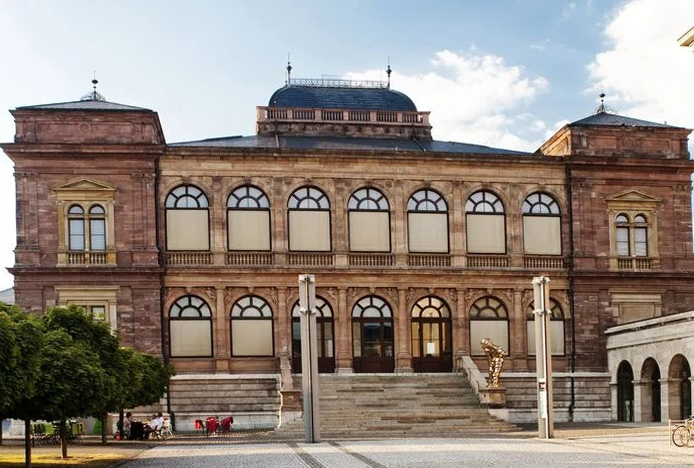
-
Parkhöhle

-
Platz der Demokratie (Fürstenplatz)
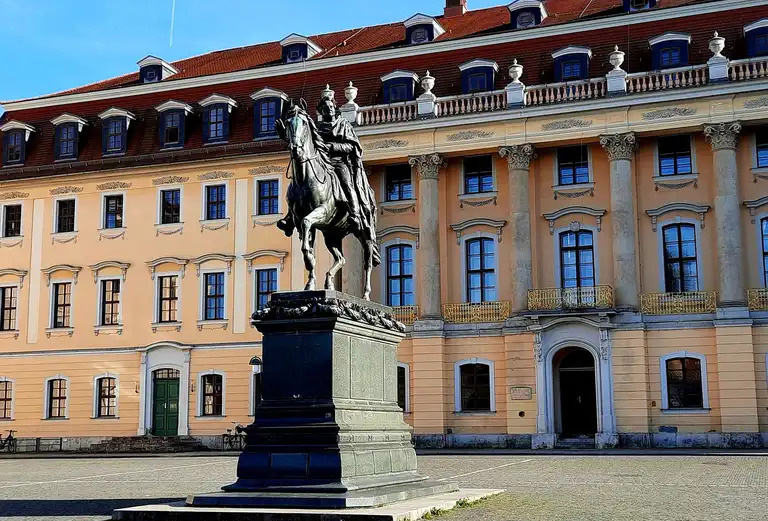
-
Platz der Demokratie, Anna Amalia Bibliothek
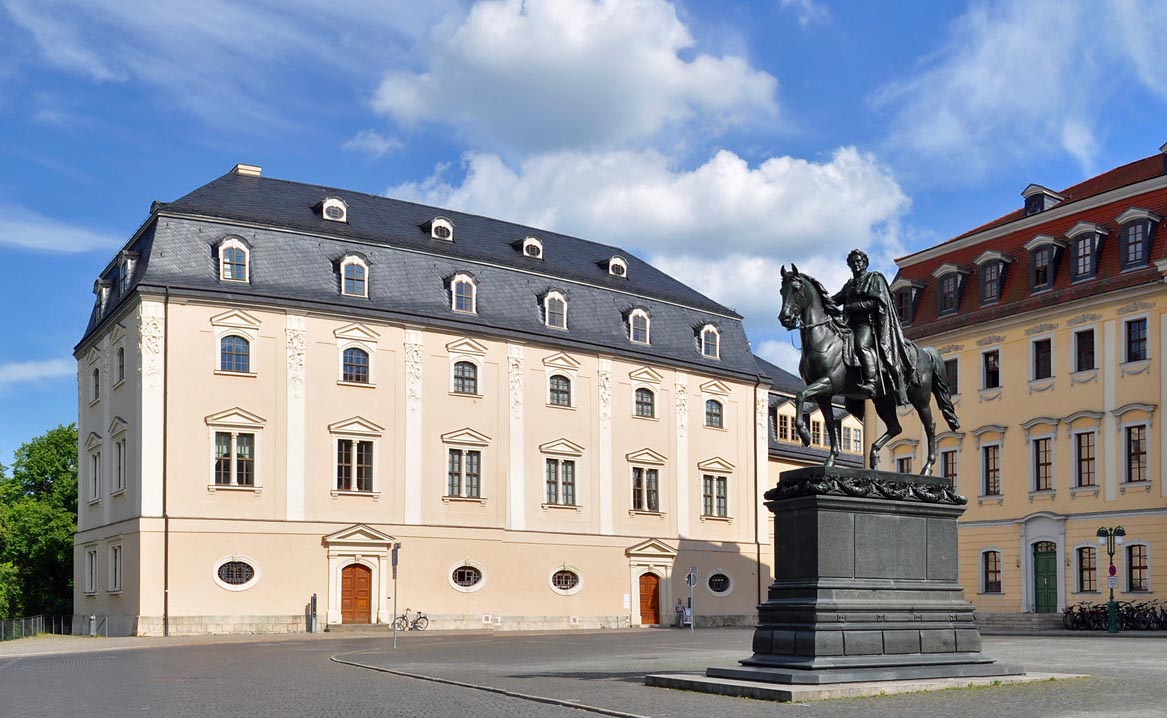
-
Rathaus
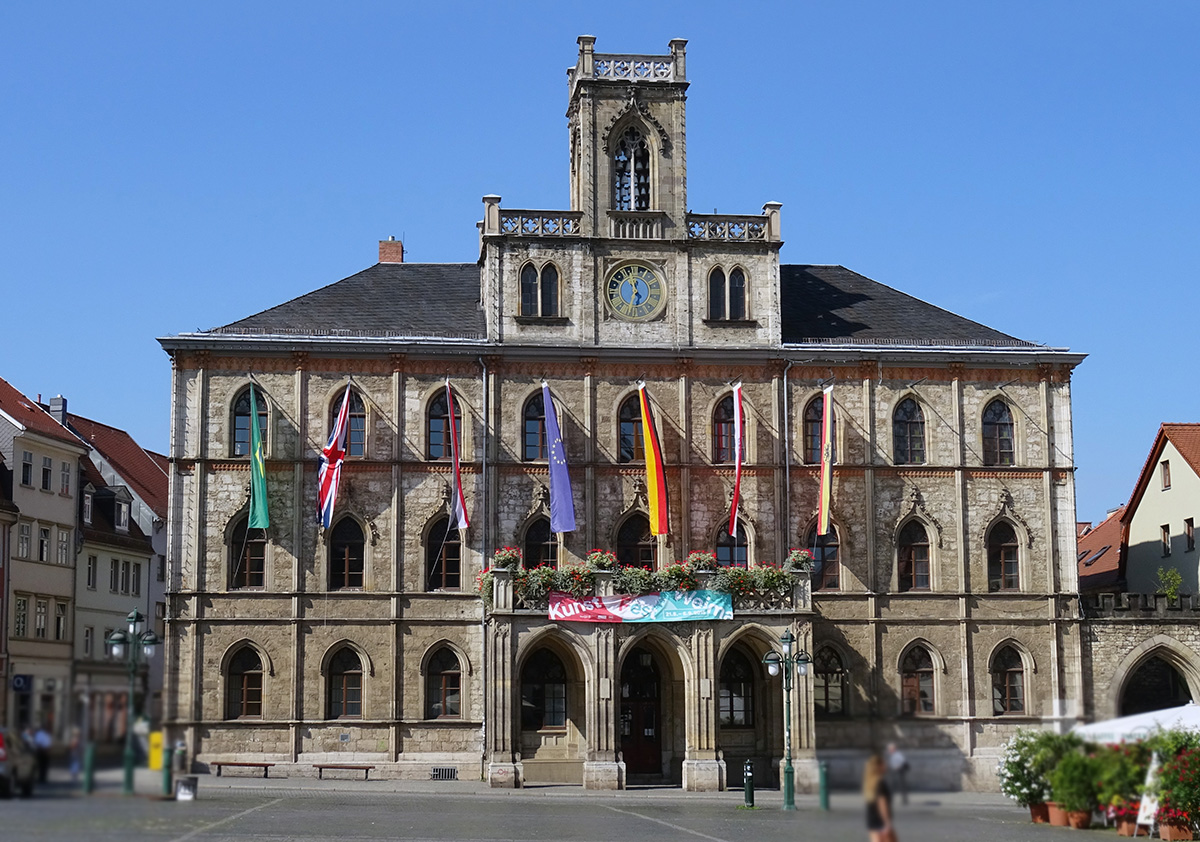
-
Reiterstandbild Carl August
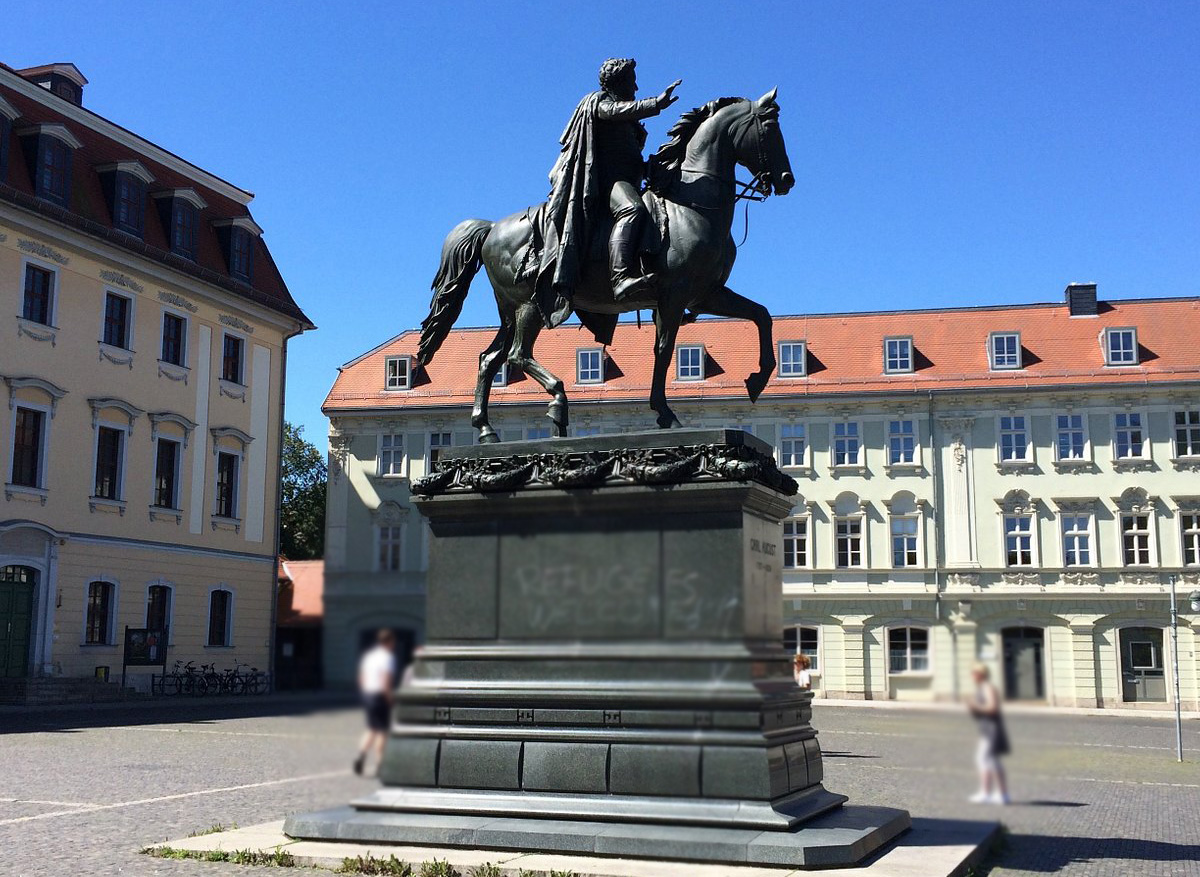
-
Römisches Haus (Carl August)

-
Schloss Belvedere
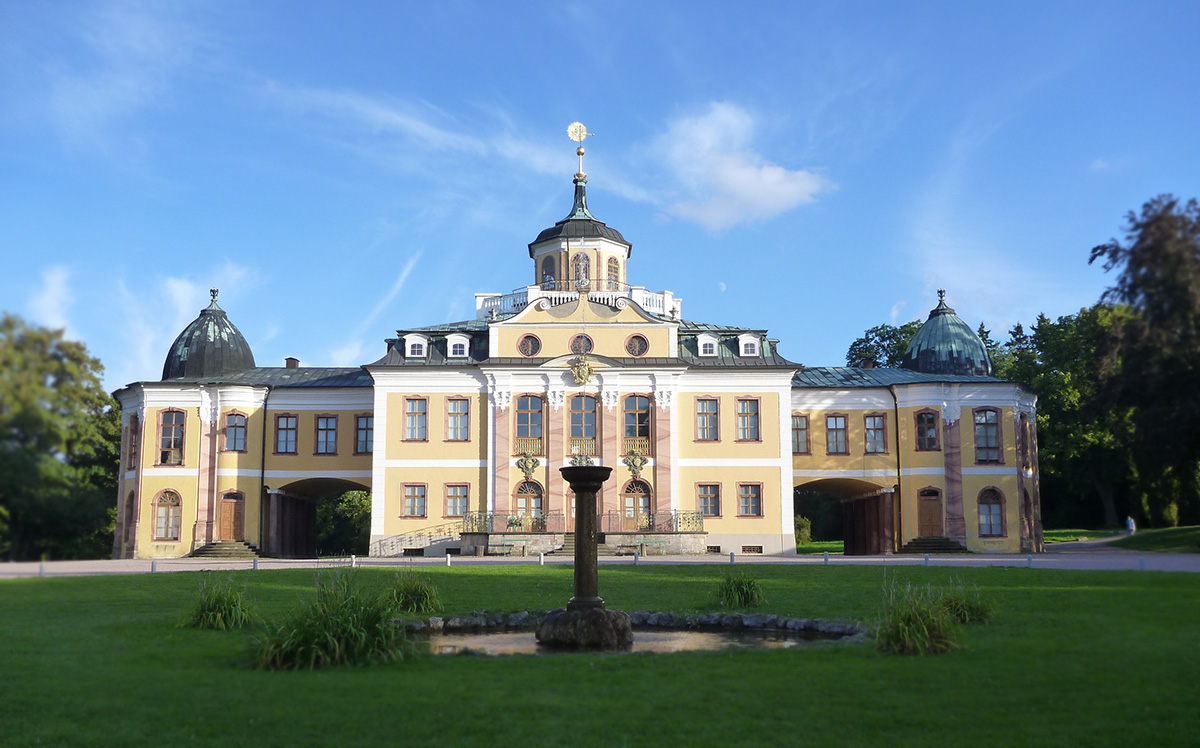
-
Stadtmuseum
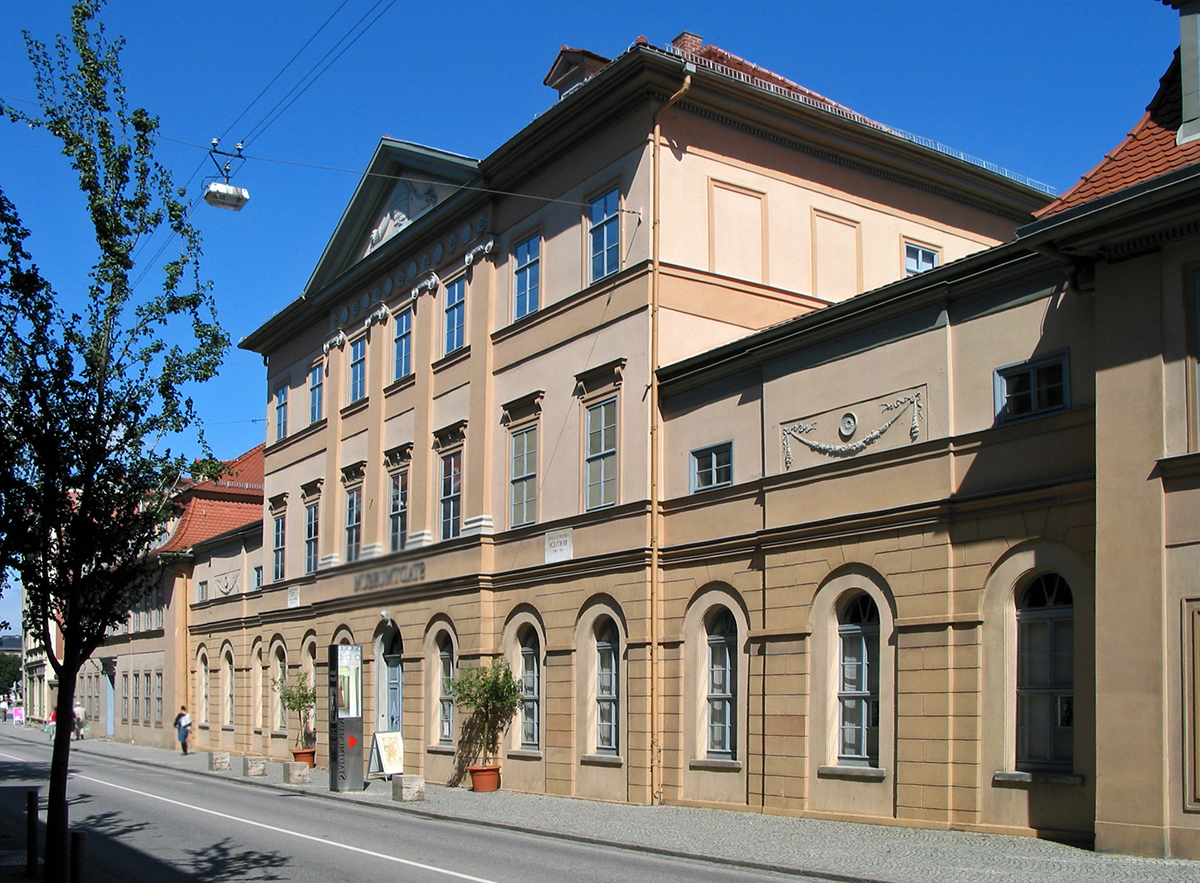
-
Stadtschloss
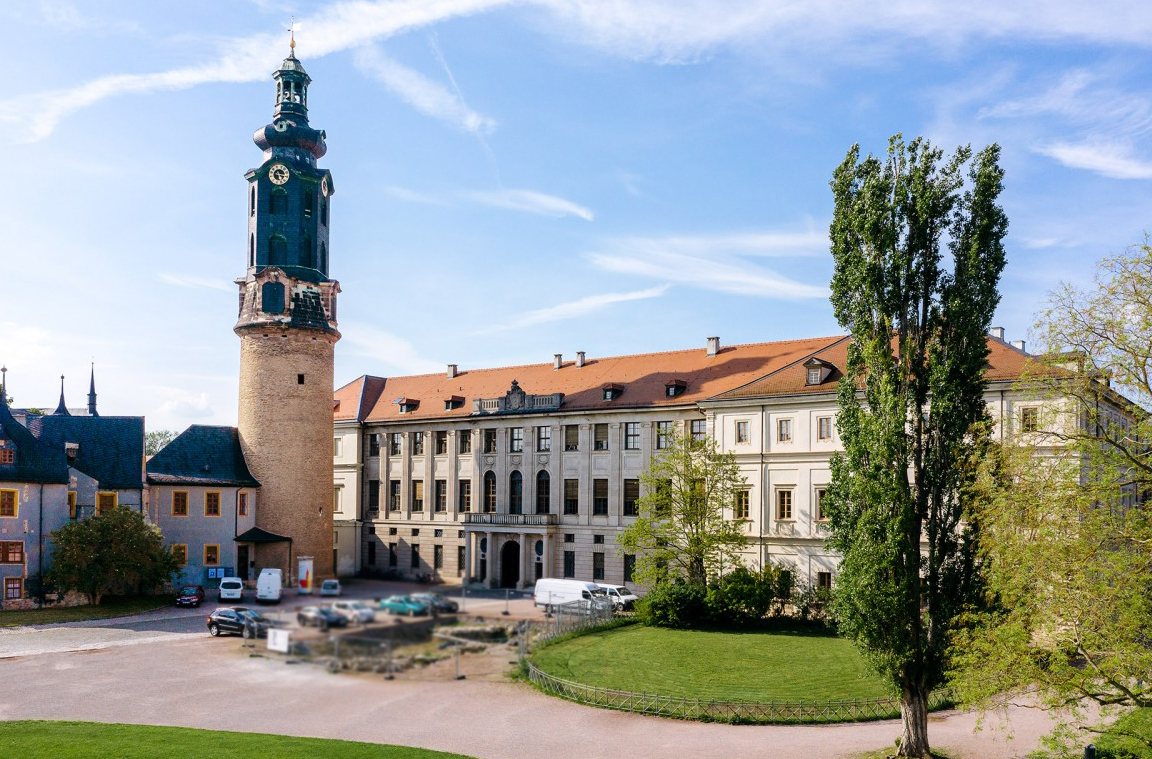
-
Standort Neues Bauhausmuseum
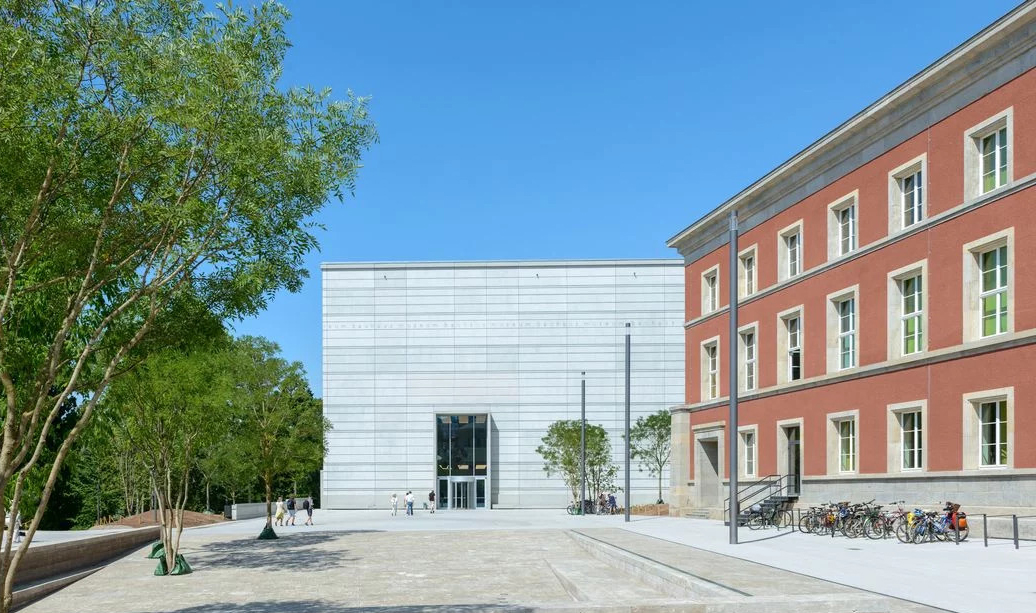
-
Welscher Garten
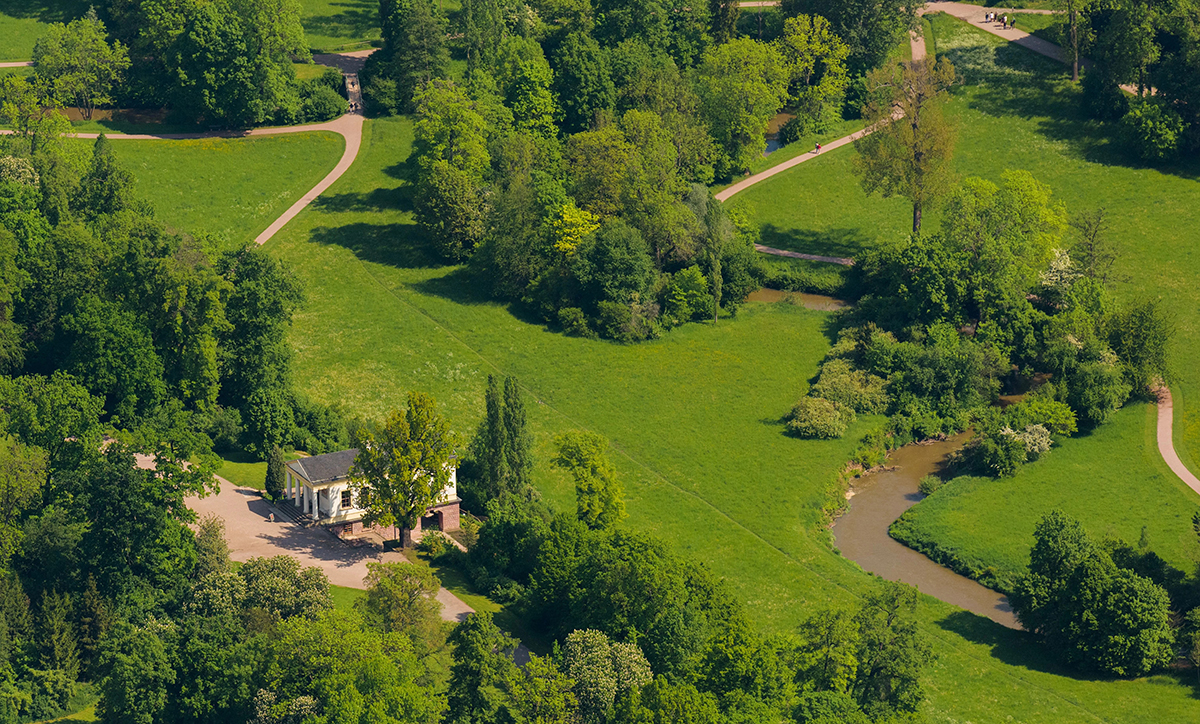
-
Wielanddenkmal
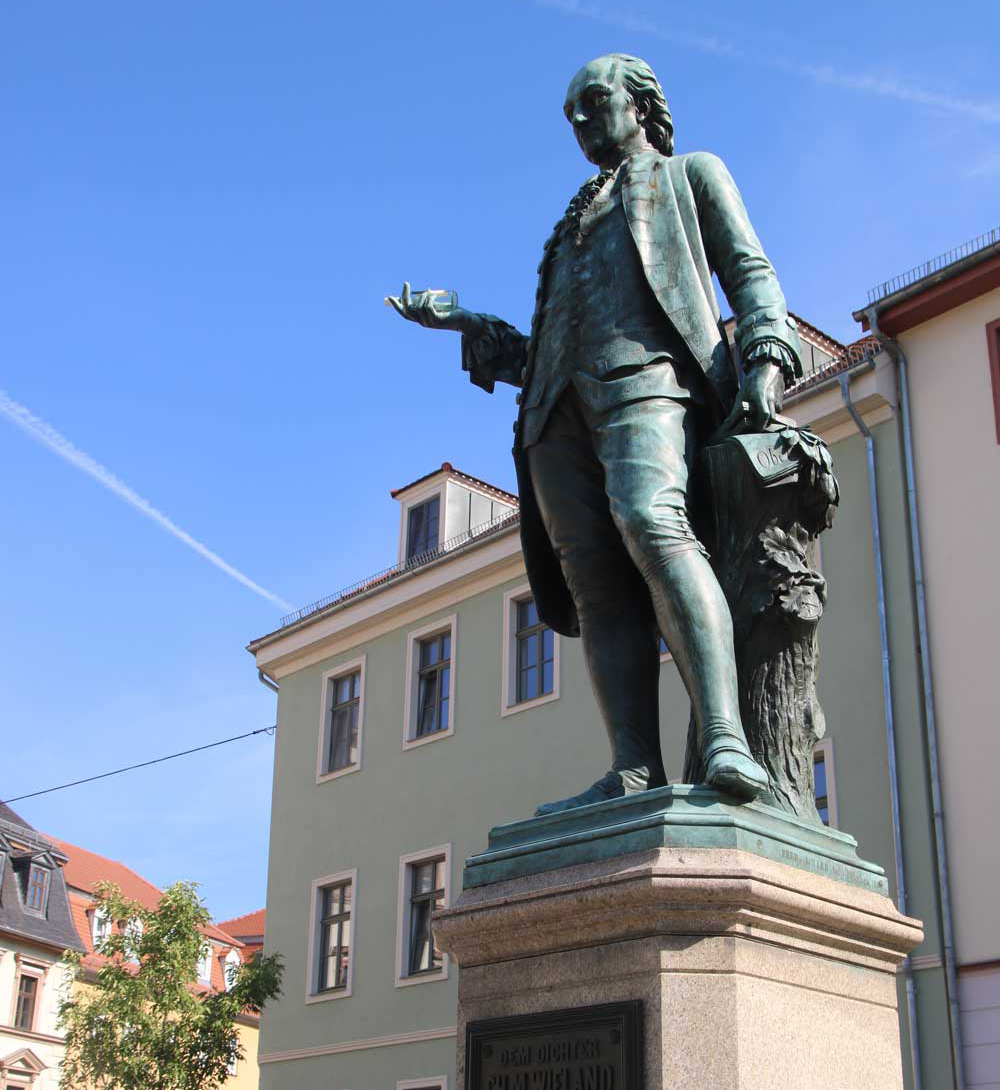
-
Wittumspalais

